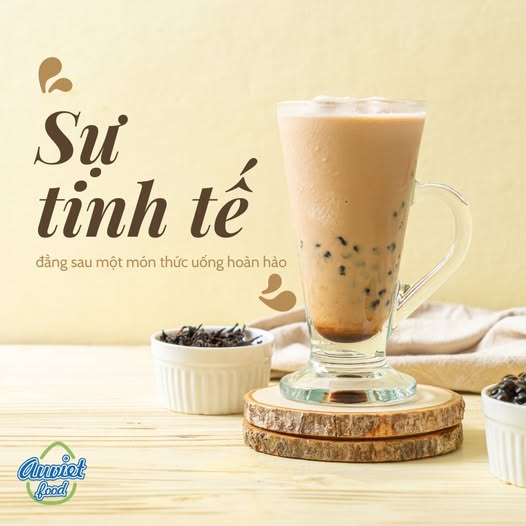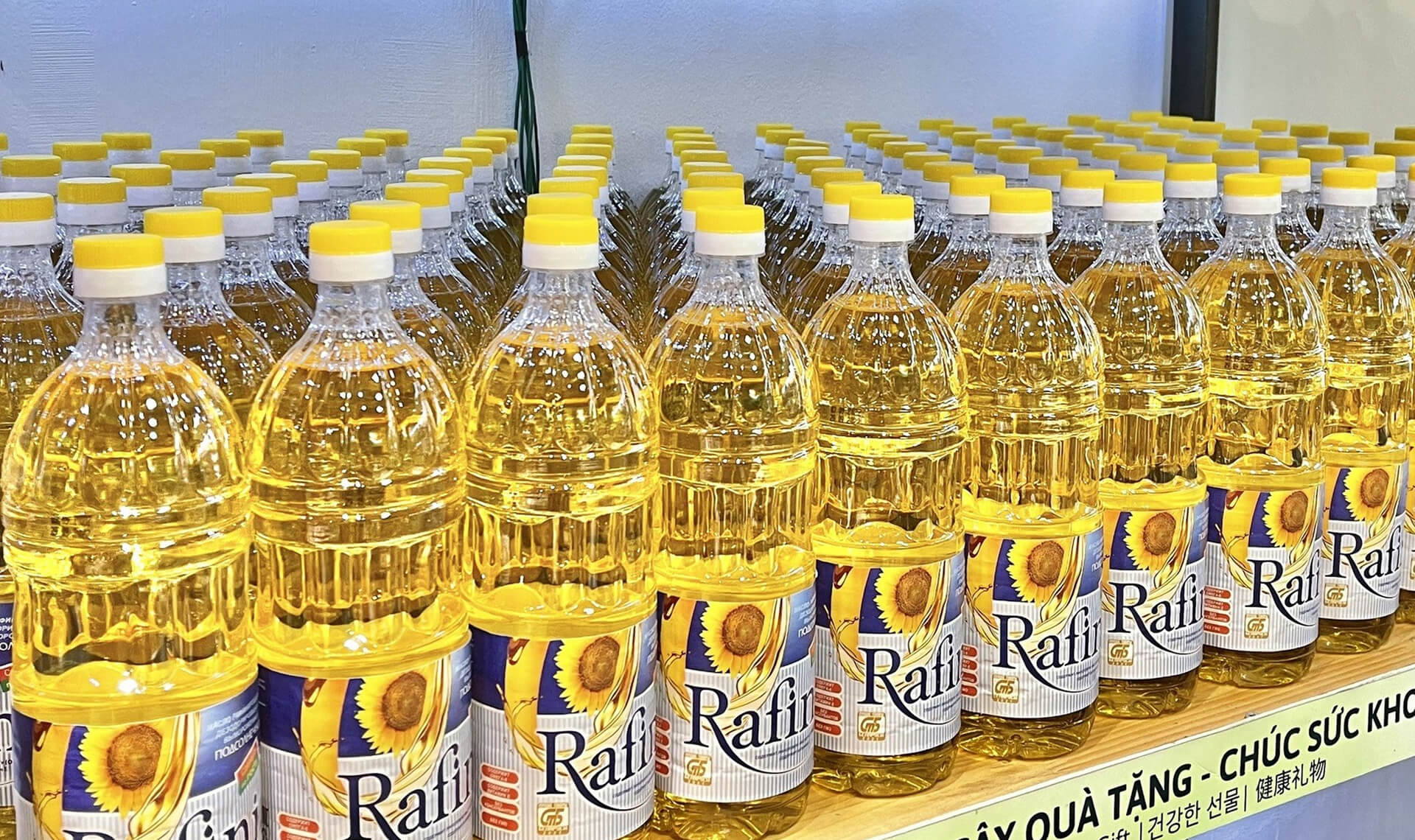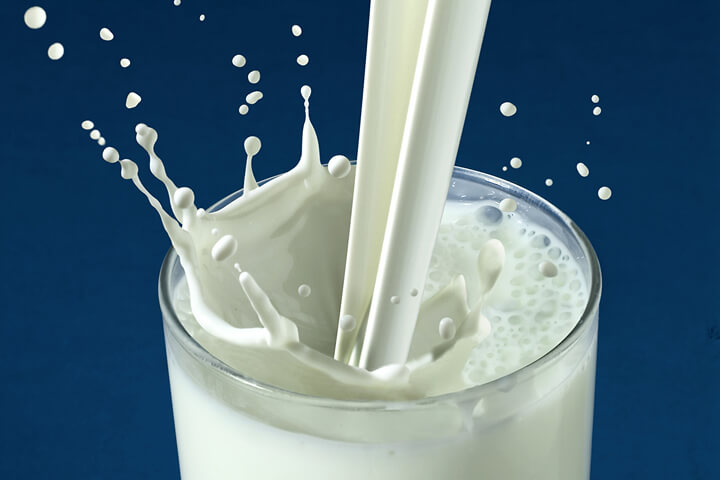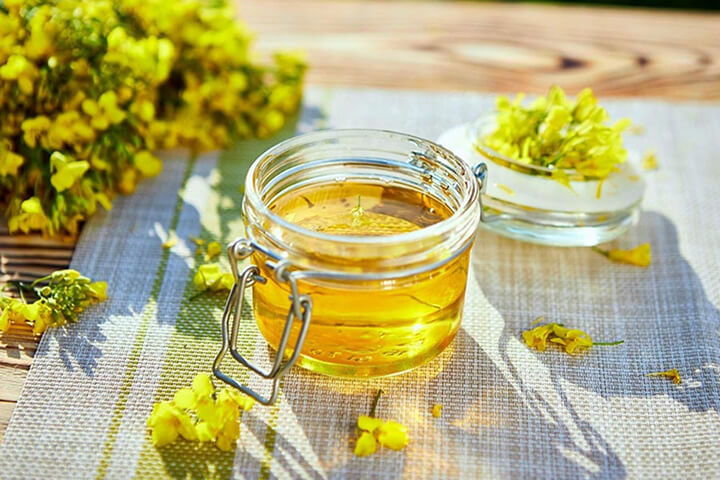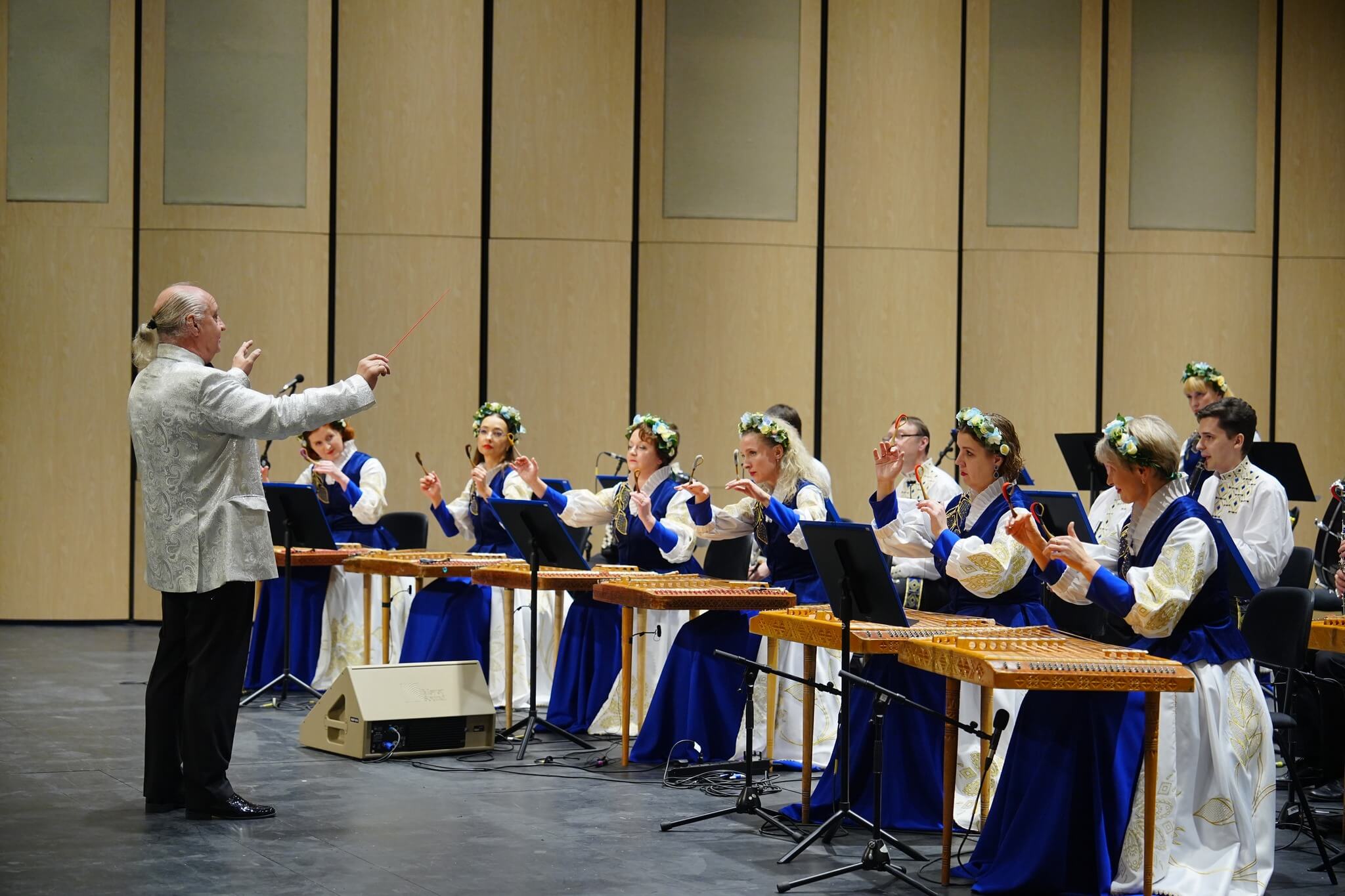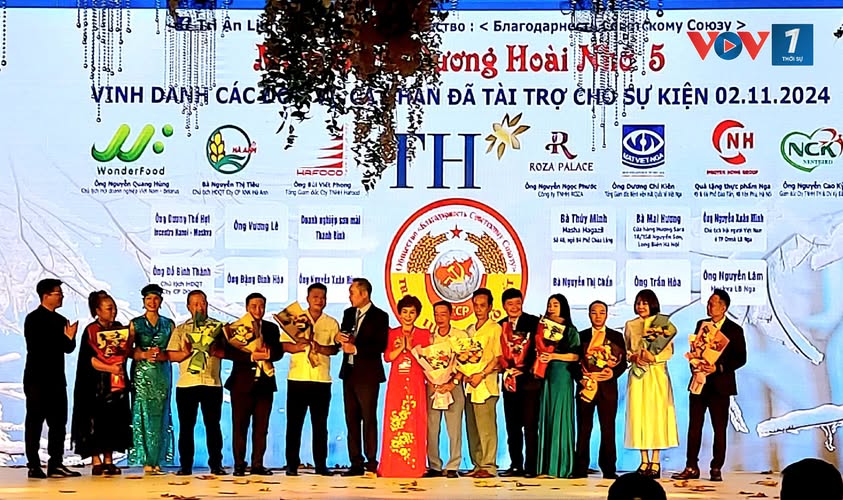Before milk tea or flavored tea drinks became popular, tea was traditionally enjoyed hot, in its pure form or lightly sweetened—mostly sipped slowly by middle-aged or elderly people. Younger generations weren’t particularly drawn to it, favoring soft drinks, ice cream, or visits to dessert shops instead. So how did a tea-based beverage become a beloved part of youth culture?
✨ It all began in 1983, when the first shaken tea drink appeared in Taiwan and received a warm reception. This marked a turning point in the evolution of Taiwanese tea. It was still just black tea with ice, but once shaken in a cocktail shaker, everything changed. The act of shaking allowed the ice and tea to blend more evenly, creating a natural foam that transformed both the texture and flavor of the drink. The fine, airy bubbles added a smooth mouthfeel and enhanced aroma, creating a unique multi-layered tea experience. This foamy texture is now a signature element of Taiwan’s modern tea drinks.
✨ These tea creations have since evolved into a distinct part of Taiwanese food culture, with bubble milk tea (boba) becoming the most iconic. Inspired by traditional practices of adding jam or herbs to tea, one idea sparked it all: Madam Lin Hsiu Hui, then store manager and now R&D Director of Chun Shui Tang (Spring Water Hall), decided to drop tapioca pearls into a milk tea—and to her surprise, it was a perfect match. At the time, the team experimented with many popular shaved ice toppings, but only tapioca pearls paired beautifully with tea. That’s how bubble tea was born.
✨ It’s no exaggeration to say that Taiwanese tea, especially bubble milk tea, has become a cultural bridge between Taiwan and the world. With the addition of local ingredients like lychee, peach, and jasmine flowers, the flavors became more vibrant and approachable for younger audiences. And as the drink industry evolves toward premiumization, beverages are not only expected to be delicious and natural, but also visually appealing and culturally expressive. Many cups now feature iconic Taiwanese images—from Formosan black bears, sika deer, wild boars, to indigenous tribal symbols, or famous landmarks like Anping Fort and Tainan Confucius Temple.
✨ In recent years, Taiwanese tea brands have rapidly expanded abroad. Chun Shui Tang has entered Japan and Hong Kong; Milkshop has seen success in the UK and Australia; and Chin Chin, known for its diverse bottled and canned tea drinks, has even made it into the Top 60 Trending Beverages in North America.
So if you ever get the chance—don’t miss the opportunity to taste the flavor of happiness, one sip at a time. 💕
